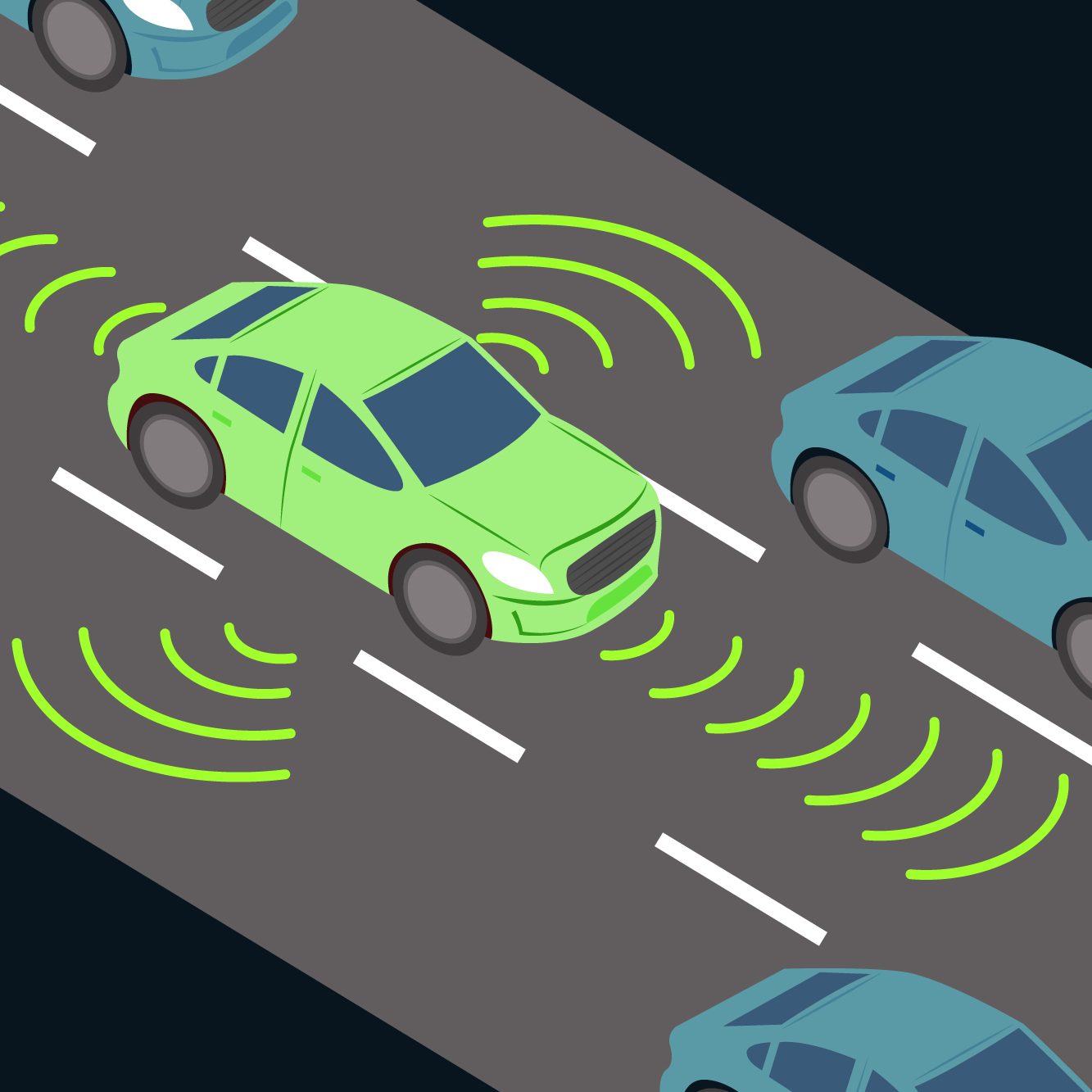Annotating a large number of 3D data points with precision during scaling up in the context of outsourcing tailored Point Cloud Annotation solutions to tame hardware and software challenges involves efficiency and accuracy as well. This process has great significance for different use cases, such as autonomous cars, robotics, and augmented reality.

Guide on How to Approach 3D Point Cloud Annotation
Here’s a guide on how to approach this:
1. Define project requirements:
Specify your project goals, objectives, and specific annotation requirements clearly. State the type of objects or features present in the 3D point cloud that require annotation (e.g., vehicles, pedestrians, buildings).
2. Understand point cloud annotation types:
Choose the required annotation types, whether object detection, segmentation, or instance. Think about whether extra features such as direction, speed, or posture are needed.
3. Choose annotation tools:
Choose the right 3D point cloud annotation tools or platforms. Useful tools include Cloud Compare, Potree, or specific annotation platforms.
4. Data preprocessing:
Make sure your 3D point cloud data is preprocessed and cleaned of noise or irrelevant information. Standardize the data to a uniform scale and coordinate system.
5. Outsourcing partners:
Select appropriate outsourcing partners or annotation service providers specializing in 3D point cloud annotations. Evaluate their experience, the thoroughness of their quality assurance processes, and their scalability.
6. Custom annotation guidelines:
Ensure consistency and accuracy in annotations with detailed guidelines.
Give clear directions in difficult situations or ambiguous cases.
7. Quality assurance:
Establish a strong quality assurance procedure to evaluate and verify annotated data. Consider including feedback and iteration mechanisms to enhance the accuracy of annotations over time.
8. Data security and compliance:
Protect sensitive information by establishing secure communication channels and protocols for data transfer. Complying with relevant data protection regulations and industry standards.
9. Scalability considerations:
As large-scale projects generate a lot of data, discuss scalability with your outsourcing partner to ensure they can handle it. The efficiency of the process can be promoted by using parallel processing or distributed annotation workflows.
10. Communication and collaboration:
Make sure communication with your outsourcing team remains open to avoid delays in solving problems. Facilitate an interactional relationship to ease the process of marking and accommodating project variations.
11. Integration with workflows:
Smoothly incorporate annotated 3D point cloud data into your project workflows.
Make sure that the annotated data is compatible with the downstream applications or systems in which it will be used.
12. Feedback loop and continuous improvement:
Develop a feedback mechanism to sort out problems and enhance the annotation rules. Continue improving the annotation process depending on feedback and changing project requirements.
With these steps, you can properly outsource specialized 3D point cloud annotation services so as to deliver precision and scalability for large-scale projects.
Contact Infosearch BPO Services for your point cloud annotation or lidar services.
Popular Tags
lidar annotation, lidar and segment annotation tasks,3d lidar data, 3d point cloud annotation, 3d point clouds, point cloud annotation, 3d point cloud annotation services







Recent Comments